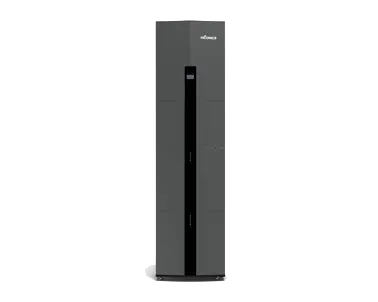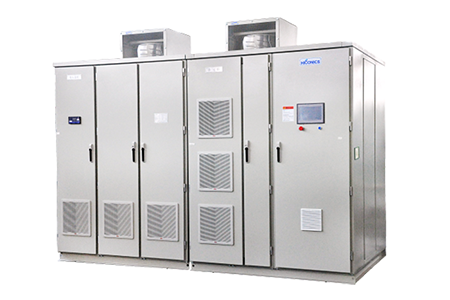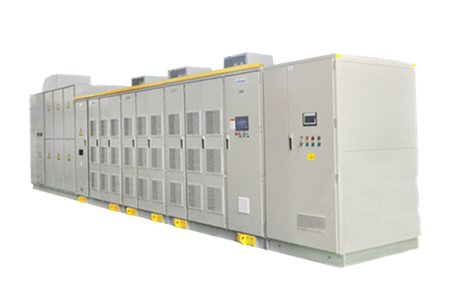The basic task of energy storage systems is to overcome temporal or local differences between energy supply and demand. These differences can arise in two situations. One is due to sudden changes in energy demand, known as peak load issues. The use of energy storage methods can regulate or buffer load changes when the rate of change increases. Despite the storage losses, investing in an energy storage system is relatively cheaper than constructing a peak load power plant. Since the stored energy comes from surplus energy or new energy sources, it can reduce fuel costs.
How is electricity stored? The other situation is caused by primary energy and energy conversion devices. In this case, the task of an solar energy storage system is to balance energy output, aiming to not only reduce peaks but also fill in valleys of energy output.
High energy storage density per unit volume. The system aims to store as much energy as possible. High-energy batteries, for example, are popular among consumers due to their higher energy density and longer lifespan compared to ordinary batteries.
Good load adjustment performance. When using energy storage systems, it is necessary to adjust the amount of released energy according to the requirements of energy users. The quality of load adjustment performance determines the overall performance of the system.
High energy storage efficiency. Energy storage relies on energy transfer and conversion technologies. Therefore, an energy storage system should be able to receive and release energy at maximum rates without excessive driving forces. Additionally, it should minimize losses such as leakage, evaporation, and friction during the storage process, maintaining high energy storage efficiency.
Low system cost and long-term reliability. If energy storage devices are economically unreasonable, they cannot be widely applied.
How is electricity stored? Energy storage systems can be connected to the power grid as independent systems, fulfilling functions such as peak shaving, valley filling, and reactive power compensation. They can also be combined with new energy generation to form wind-solar energy storage systems, which help smooth the power output from renewable sources when connected to the grid. Additionally, energy storage systems can be integrated with wind power, photovoltaic power, and other renewable energy systems to form microgrids at load centers. This improves energy utilization efficiency, enhances power quality and reliability, and promotes green and sustainable practices. Based on the integration mode of renewable energy, microgrid systems can be categorized into two control modes: common DC bus and common AC bus. Using multi-directional power converters, microgrids ensure uninterrupted power supply even during grid outages. Through optimal configuration of batteries, inverters, bidirectional converters, wind-solar equipment, and other components, Junjiale offers engineering consultation, design, system integration, and station-level monitoring services for energy storage systems, wind-solar storage systems, and microgrid systems.


